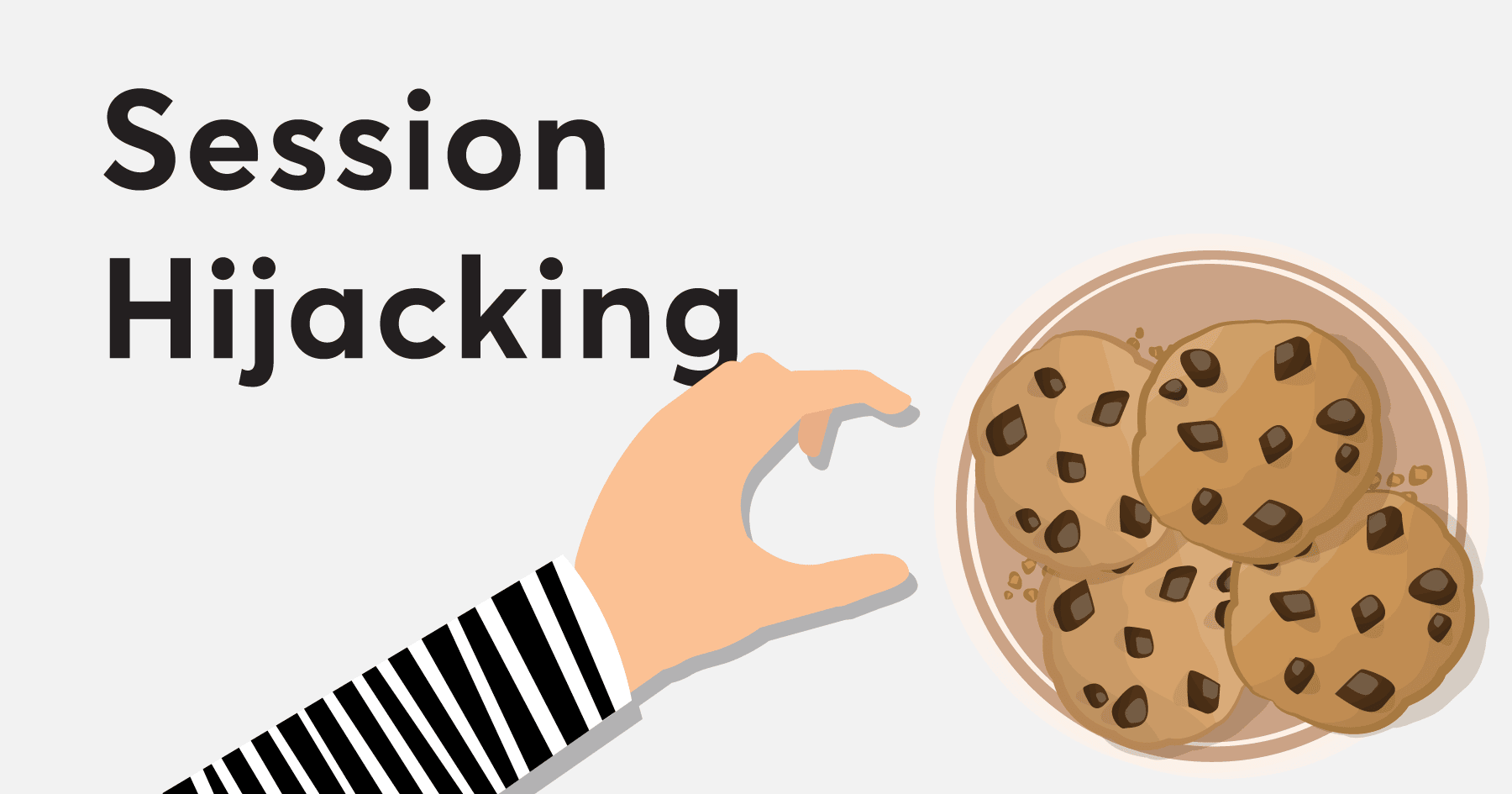
In the ever-evolving landscape of cybersecurity, web developers and security professionals must remain vigilant against a wide array of threats. One of the most persistent and dangerous vulnerabilities found in web applications is Cross-Site Scripting, commonly known as XSS. This blog post explores what XSS is, how it works, its types, and how to prevent it.
What is Cross-Site Scripting (XSS)?
Cross-Site Scripting (XSS) is a type of security vulnerability typically found in web applications. It allows attackers to inject malicious scripts into content delivered to users. When unsuspecting users load the web page, the script executes in their browser, often without their knowledge. These scripts can be used to steal cookies, hijack sessions, redirect users, deface websites, or even perform actions on behalf of the user.
How Does XSS Work?

XSS exploits the trust that a user has in a particular website. By injecting malicious code (usually JavaScript) into a web page, an attacker can trick a browser into executing the script as if it were part of the legitimate content. For example, a comment form that fails to sanitize input might allow a user to post:
When another user visits the page and the comment is rendered, the script runs in their browser.
Types of XSS
There are three primary types of XSS:
Real-World Impacts
Stored XSS: The malicious script is permanently stored on the target server, such as in a database, forum post, or comment field. When users access the content, the script executes.
Reflected XSS: The script is reflected off a web server, such as in an error message or search result. The attack vector is often delivered via a URL, and the malicious code is not stored.
DOM-based XSS: This occurs when the vulnerability exists in client-side code rather than server-side. The browser’s Document Object Model (DOM) is manipulated using unsanitized user input, which can lead to code execution.

XSS attacks can have serious consequences. They can lead to account hijacking, identity theft, loss of sensitive data, and spreading of worms. One famous case was the MySpace Samy worm in 2005, where a stored XSS vulnerability allowed a script to self-replicate and add the creator to thousands of users’ friend lists.
How to Prevent XSS

Input Sanitization: Always validate and sanitize user inputs. Strip out or encode characters like <, >, &, ‘, and “.
Output Encoding: Escape data before rendering it on web pages. Use context-specific escaping (HTML, JavaScript, URL, etc.).
Use Security Libraries and Frameworks: Many modern frameworks (like React, Angular, Django) have built-in protections against XSS.
Content Security Policy (CSP): Implementing a strong CSP can reduce the risk of XSS by restricting the sources from which scripts can be loaded.
Avoid eval(): Don’t use eval() or similar methods that execute strings as code, as they can introduce severe vulnerabilities.

Conclusion
Cross-Site Scripting is one of the most common and dangerous vulnerabilities in web applications. Awareness, proper coding practices, and robust input/output handling are essential to prevent XSS. Developers and security teams must work hand-in-hand to ensure that user trust is maintained and that applications remain secure in a hostile digital environment.






